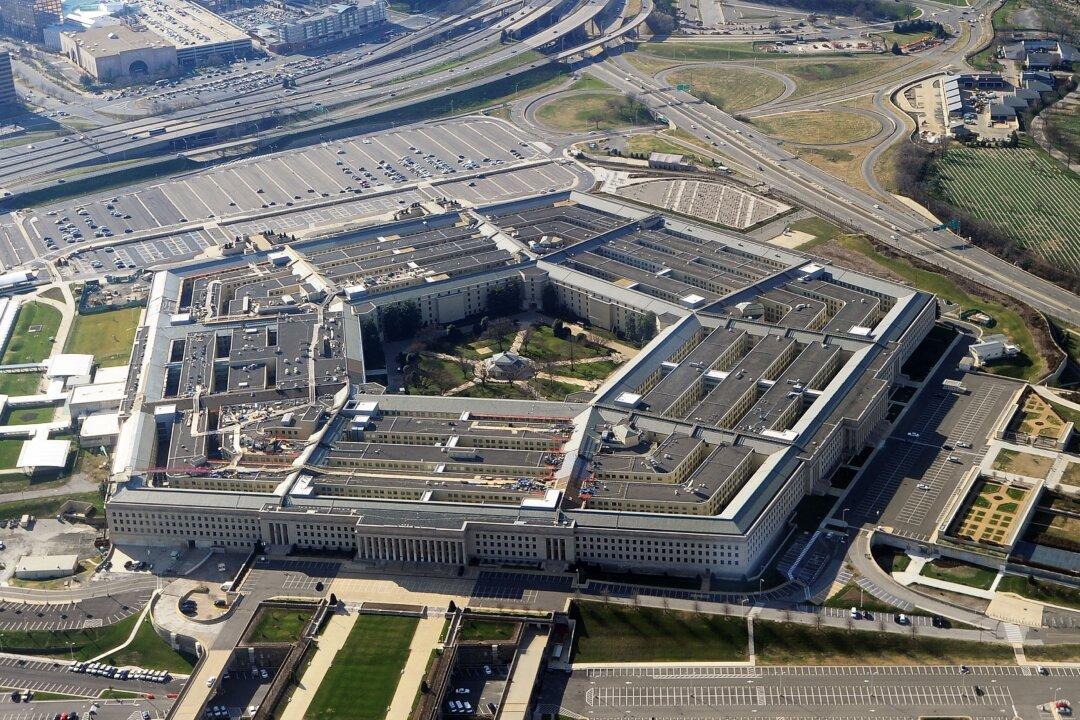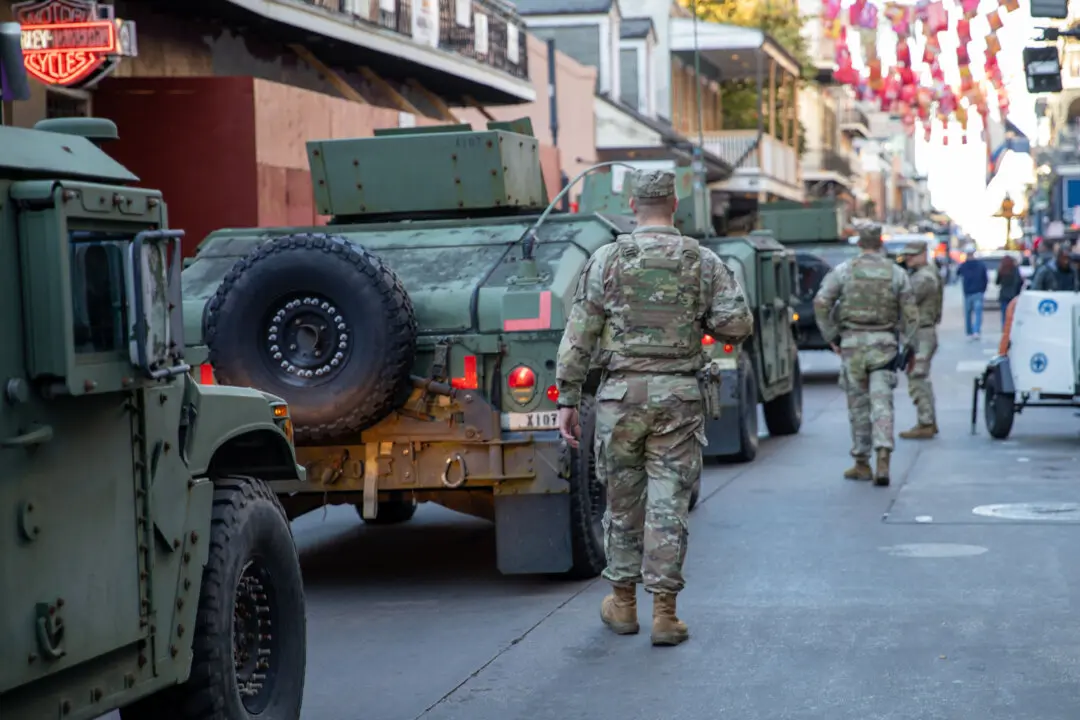The House Armed Services Committee is advancing an $883.7 billion proposal for the fiscal year 2025 national defense policy, known as the National Defense Authorization Act (NDAA).
The Republican-led House committee voted 57–1 on May 22 to favorably report the bill to the rest of the House of Representatives for further consideration after a nearly 12-hour mark-up hearing where members proposed and debated hundreds of amendments, adding to and changing the bill. Rep. Ro Khanna (D-Calif.) was the lone representative voting against the final bill markup.





